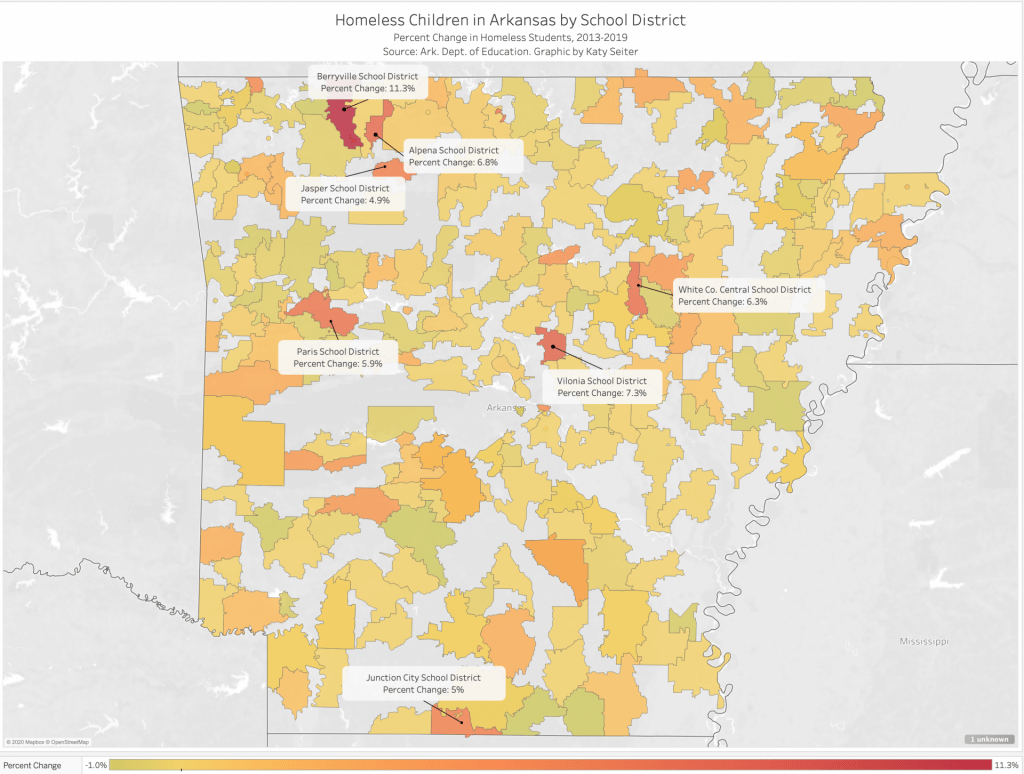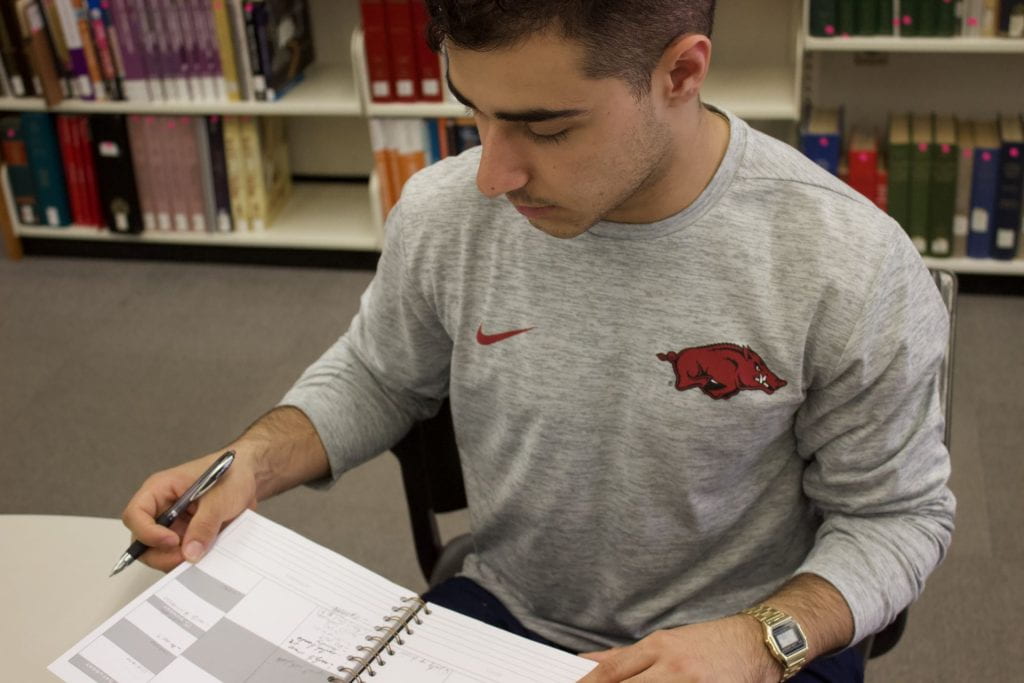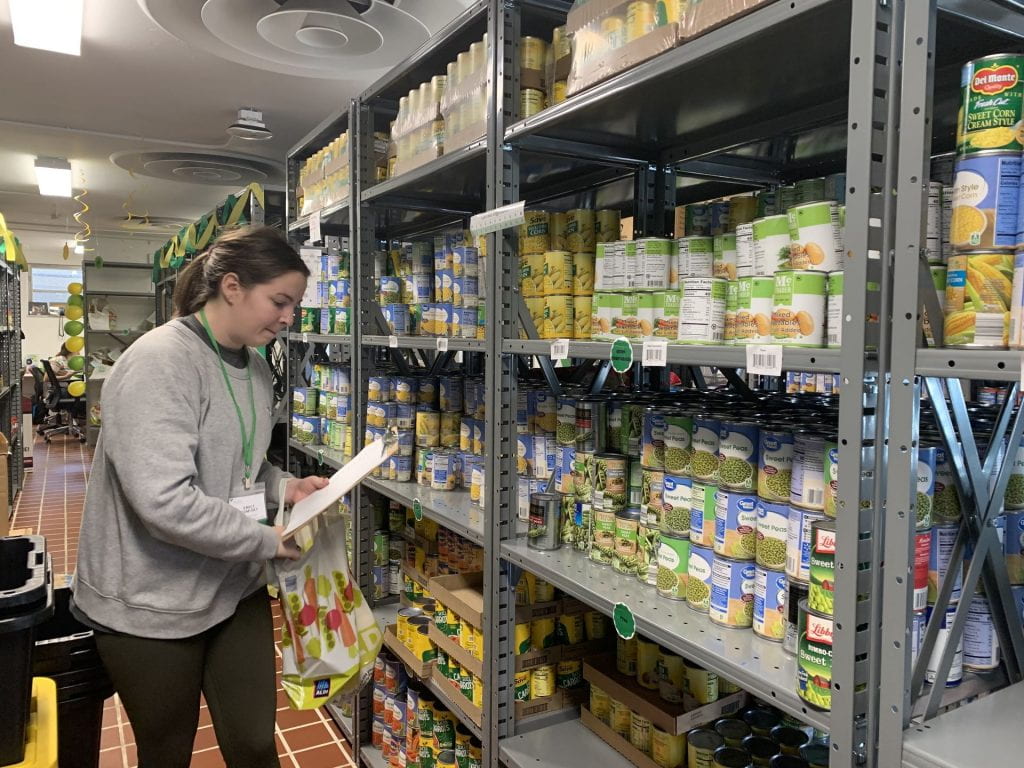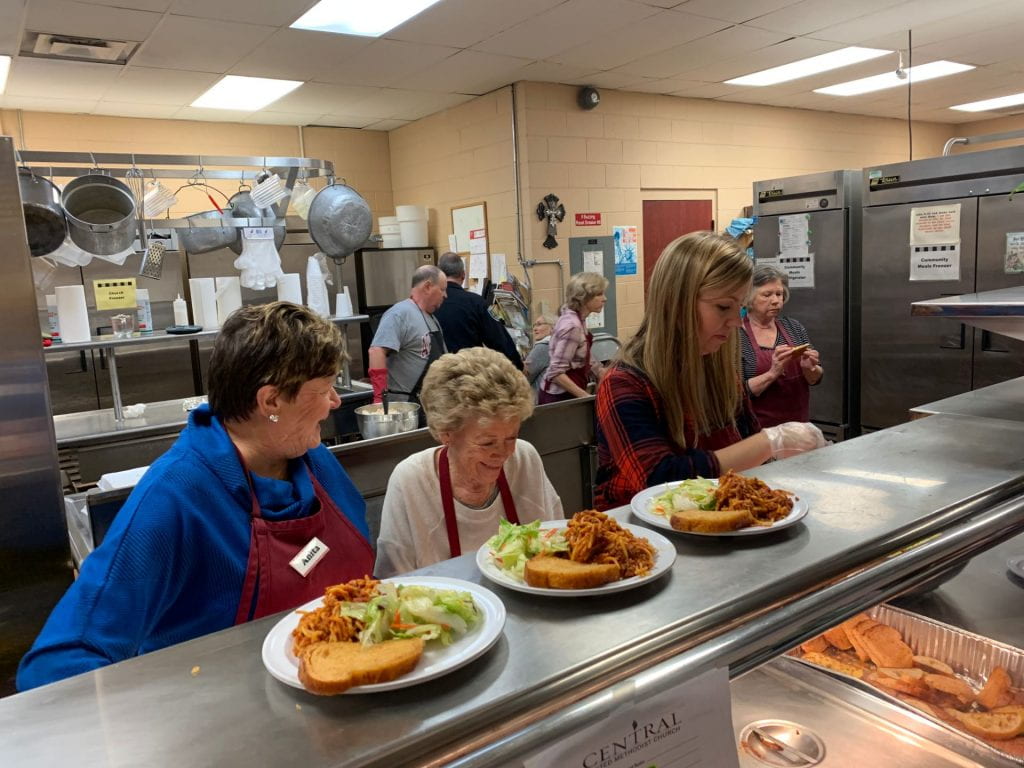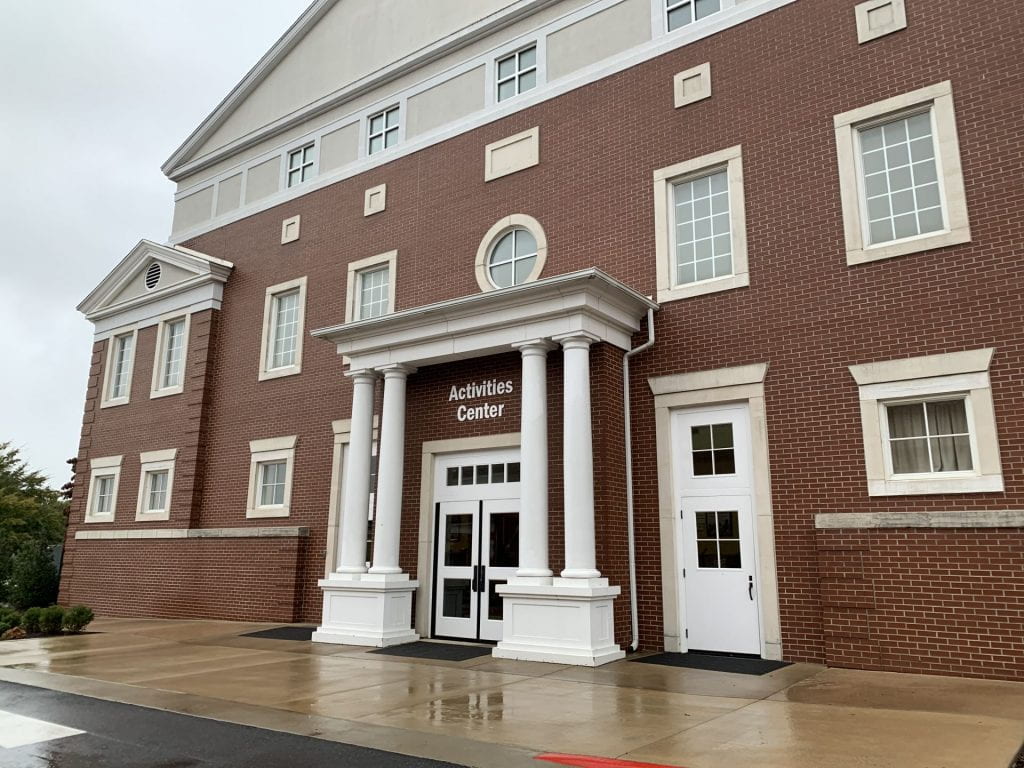Arkansas has 14,052 Homeless Children.
That Is Not a Typo
By Abbi Ross
The Razorback Reporter
De Valls Bluff, Ark. — In the 2017-2018 school year, some 14,052 Arkansas public school students experienced homelessness, according to federal estimates, but the picture of rural homelessness isn’t what you would expect.
In small Arkansas towns such as Brinkley and Mount Vernon, fewer of these homeless children are on the street or in overcrowded motels. Instead, due to tough economic conditions, many of these students are doubling up with family members and an influx of community support.
“You see more and more of families having to live with each other because they cannot financially afford to live in their own home,” said Sandra Glasgow, the homeless liaison for the Brinkley School District around 60 miles east of Little Rock in the Mississippi Delta. According to the United States Interagency Council on Homelessness, 12,504 of those 14,502 homeless students were doubled up with family or relatives.
Glasgow has seen the number of students doubling up in her district increase over the years, she said. Glasgow has worked for the district for around 10 years, she said. The Brinkley School District has around 534 students, around 13% of whom are homeless, according to 2018 data. Glasgow knows that the number is high. The district has around 29 homeless students in the high school and 17 in the elementary school, she said.
Many children classified as homeless are doubling up with friends or relatives, Glasgow said. “You see more and more of families having to live with each other because they cannot financially afford to live in their own home,” Glasgow said.
Doubling up is a term used in the McKinney-Vento Homeless Assistance Act, the federal law aimed at combating childhood homelessness, which includes, “children and youths who are sharing the housing of other persons due to loss of housing, economic hardship, or a similar reason,” according to the National Center for Homeless Education.
A student living with relatives because their family can no longer afford to live on their own might not be the picture of student homelessness that comes to mind, but it is one of the biggest groups of homeless students. In the 2017-2018 school year, 86% of Arkansas students experiencing homelessness were doubled up.
The Brinkley School District gets a count on homeless students through a packet sent home at the beginning of the year and the students are then kept up with through a list, Glasgow said. “Once they are identified for that school year, then we have to keep them on there for that whole school year,” Glasgow said.
Kris Hodge, the homeless liaison for the Mount Vernon-Enola School District, knows from her experiences that staying in a home that is not their own, is not the same, she said. “It is not home, no matter what anybody thinks,” Hodge said. Hodge uses a checklist based on the McKinney-Vento definitions of homelessness to identify homeless students. She also has the help of a committee at school to identify homeless children, she said. Hodge said she thinks that the McKinney-Vento Act gives her the resources she needs to do her job.
For Emily Shaw, the homeless liaison for the Carlisle School District, all 31 of the homeless students in her district are doubled up for the current school year, she said. Socio-economic issues in the region play a role in the number of doubled-up students in the district, Shaw said.
“They just can’t afford to live on their own,” Shaw said. “These are parents, most of them are working parents. They just are working jobs that are minimum wage jobs and they have two or three children, and they can’t afford to live on their own. And have a vehicle and gas to get to work.”
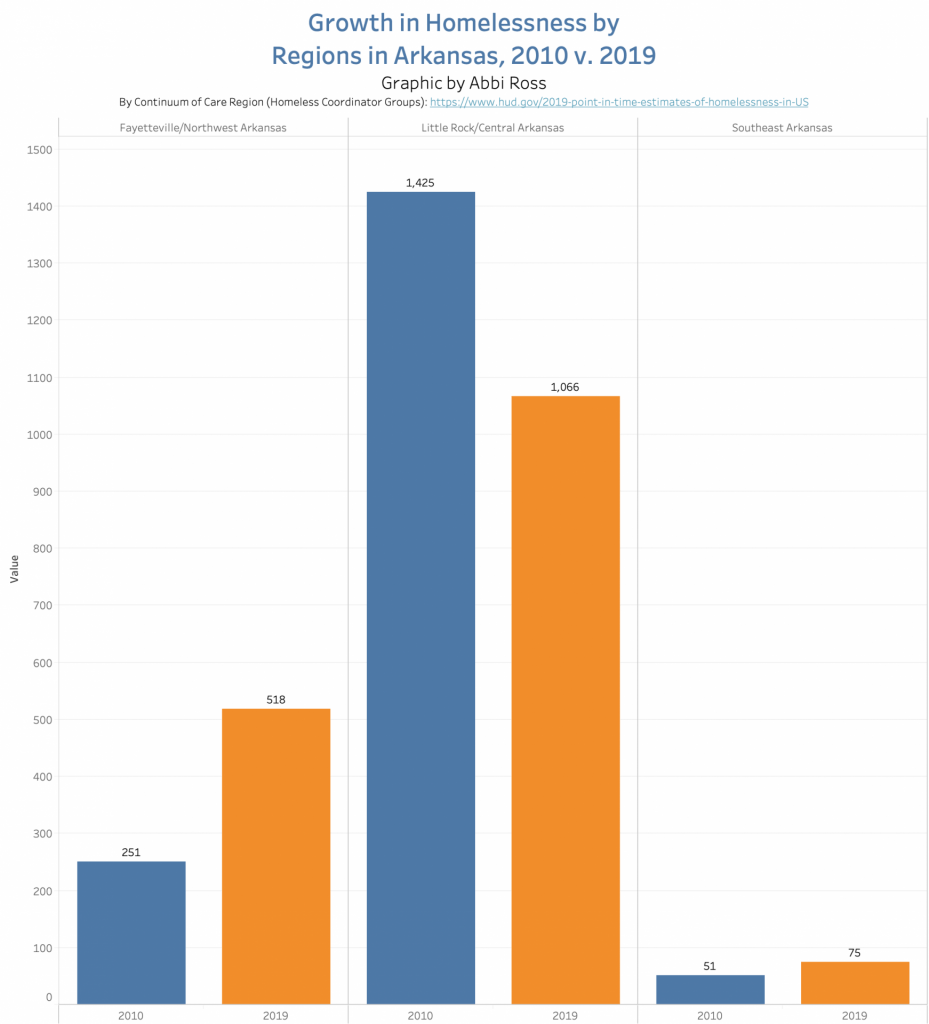
Another issue Hodge’s students face is going without shelter, she said.
There are 28 students doubled up and 50 unsheltered in the Mount Vernon-Enola School District for the 2019-2020 school year, according to the Arkansas Department of Education Data Center.
“Housing is hard out here,” Hodge said. “Hard. I can hardly find places for my people.”
Housing options are limited in the area and when Hodge can find housing for someone, it is often out of their price range, she said.
Hodges reaches out to the community and even uses Facebook when trying to find resources like housing for her students and their families, she said. The community comes together for almost anything else needed for homeless students in the district, Hodge said.
That sense of community is the same over 160 miles away in Brinkley. Churches play a big role in supporting the school districts.
Local churches are some of the biggest supporters for the Brinkley School District, Glasgow said, helping cover expenses for items ranging from hygiene supplies to clothes, blankets, graduation costs or other items not picked up by federal programs. Sometimes, the local funds will pay for an air mattress.

Churches and hairdressers are another part of the Mount Vernon-Enola School District community that comes together to help homeless students, from donations to free haircuts, Hodge said.
“If I put out an email or something on Facebook saying I need something, I get it,” Hodge said. “I don’t think I’ve ever not gotten anything that was needed.”

